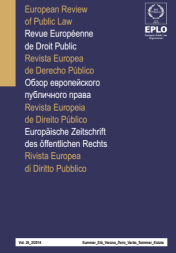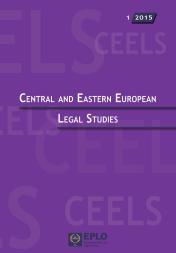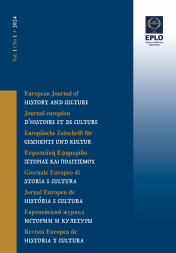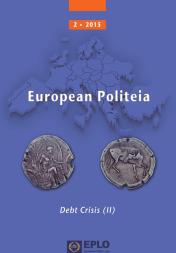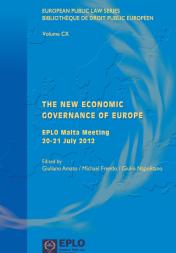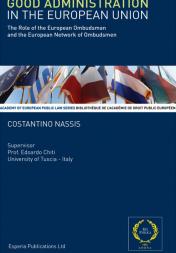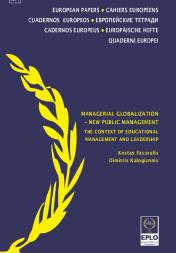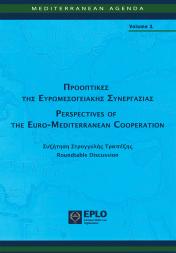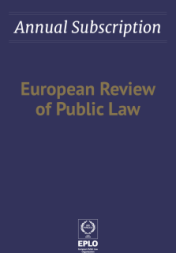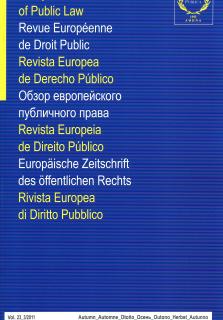
The analysis of constitutional case law of the years 2009 and 2010 corresponds to the anniversary of twenty-five years of existence of the Constitutional Court of Belgium. On this occasion, we will realise that the Court’s jurisdiction has expanded considerably over the years. Originally solely in charge of arbitrating jurisdictional conflicts, the Court has progressively become the constitutional jurisdiction that it is today, protecting the totality of fundamental rights and freedoms enshrined in the Constitution. Overall, in 2009 and 2010, there has been continuity in the Constitutional Court’s case law, regarding both constitutional litigation and fundamental rights litigation as well as disputes regarding the allocation of competencies. The main change to be retained as far as these two civil years are concerned is undoubtedly the one that occurred on the 12th of July, 2009 regarding prejudicial litigation before the Constitutional Court, when a violation of a fundamental right enshrined identically in the Constitution and in an international or European legal instrument is being invoked. The Belgian legislature has made a decision on the conflict existing between the constitutional protection by the Court and the diffuse control by the courts and tribunals on the basis of the “Le Ski” case law of the Belgian Court of Cassation. From now on, it is the constitutional way that should prevail. By acting thus, the legislator has clearly reaffirmed the central role of the Court in the framework of the Belgian constitutional justice system.
L’analyse de la jurisprudence constitutionnelle des années 2009 et 2010 correspond avec l’anniversaire des vingt cinq ans d’existence de la Cour constitutionnelle de Belgique. A cette occasion, l’on s’apercevra que la Cour a, au fil du temps, vu sa compétence s’élargir considérablement. A l’origine uniquement chargée de l’arbitrage des conflits de compétence, la Cour a évolué pour devenir la juridiction constitutionnelle que l’on connaît aujourd’hui, protégeant désormais l’entièreté des droits et libertés fondamentaux consacrés par la Constitution. De manière globale, en 2009 et en 2010, l’on remarque une continuité au sein de la jurisprudence de la Cour constitutionnelle, tant s’agissant du contentieux constitutionnel que concernant le contentieux des droits fondamentaux et le contentieux de la répartition des compétences. Le principal changement à retenir pour ces deux années civiles est sans doute celui intervenu le 12 juillet 2009 en matière de contentieux préjudiciel devant la Cour constitutionnelle lorsqu’est invoquée la violation, devant une juridiction, d’un droit fondamental consacré de manière identique dans la Constitution et dans un instrument international ou européen. Le législateur belge a tranché le conflit qui existait entre la protection constitutionnelle opérée par la Cour et le contrôle diffus mis en œuvre par les cours et tribunaux sur la base de la jurisprudence Le Ski de la Cour de cassation belge. Désormais, c’est la voie constitutionnelle qui doit prévaloir. Ce faisant, le législateur a clairement réaffirmé le rôle central de la Cour au sein du système de justice constitutionnelle belge.




